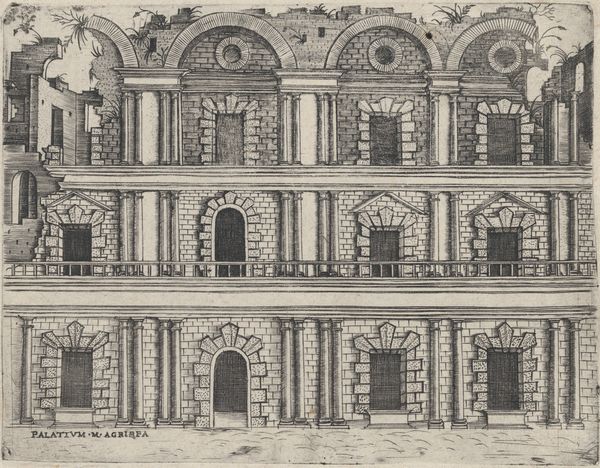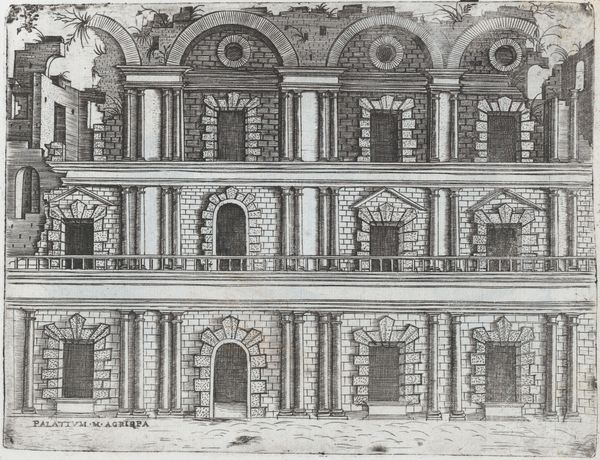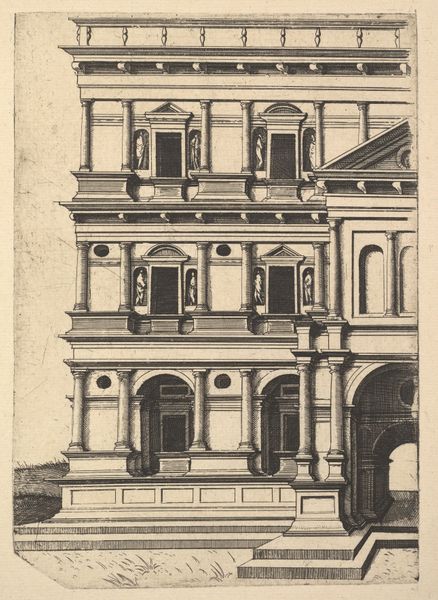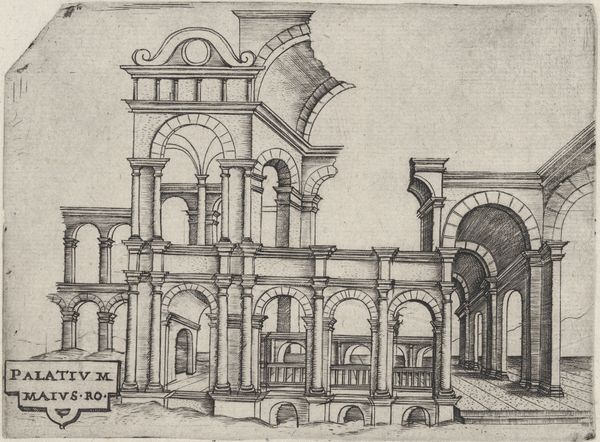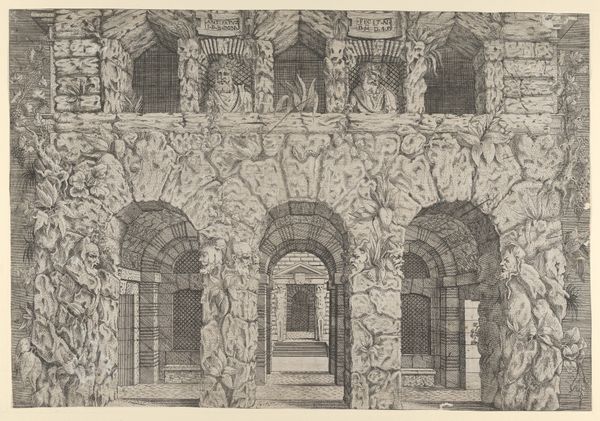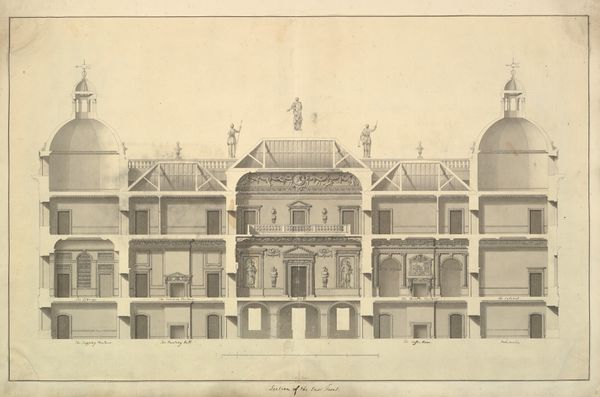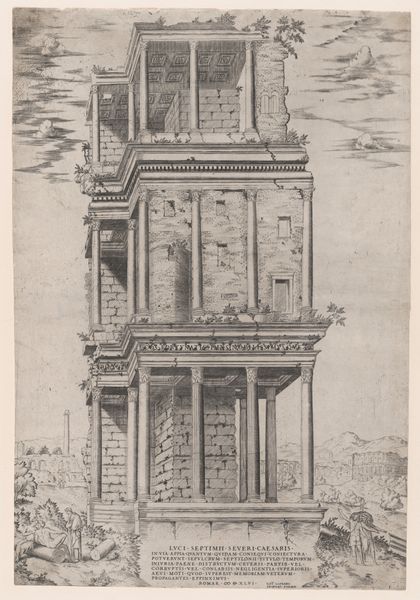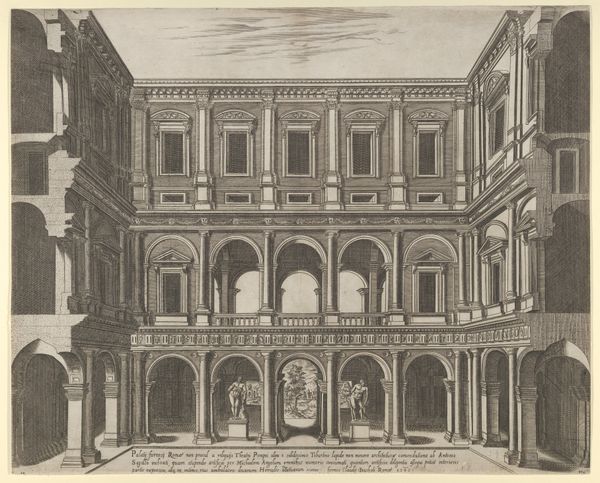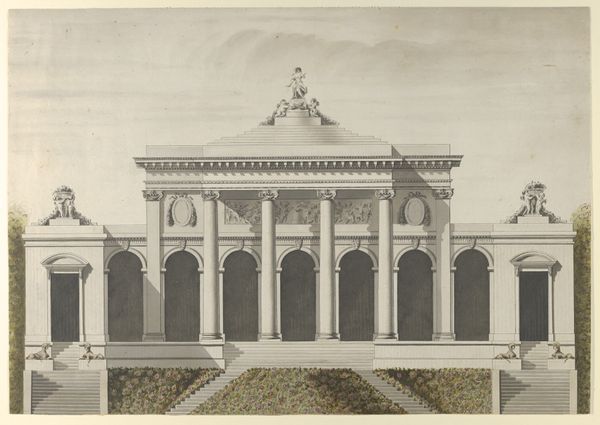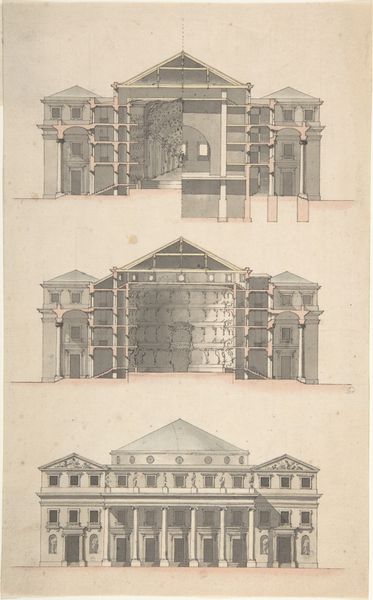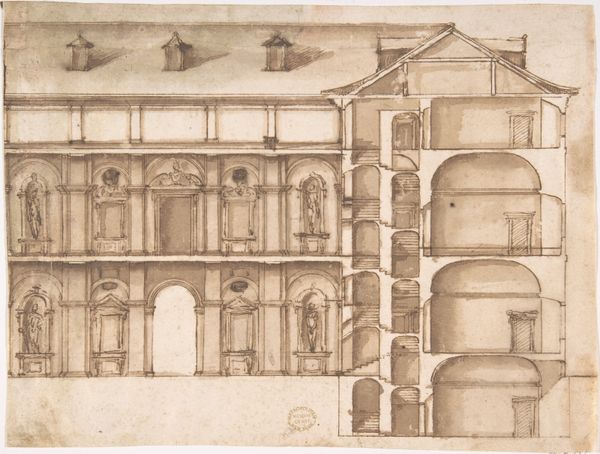![Ruin of a Palace Facade [Palatium M. Agrippa] from the series 'Ruinarum variarum fabricarum delineationes pictoribus caeterisque id genus artificibus multum utiles' by Lambert Suavius](/_next/image?url=https%3A%2F%2Fd2w8kbdekdi1gv.cloudfront.net%2FeyJidWNrZXQiOiAiYXJ0ZXJhLWltYWdlcy1idWNrZXQiLCAia2V5IjogImFydHdvcmtzLzA5MGU3Y2I5LTg4YmItNDgwNS1hNGZmLWNhZGRiMmFiODM2ZC8wOTBlN2NiOS04OGJiLTQ4MDUtYTRmZi1jYWRkYjJhYjgzNmRfZnVsbC5qcGciLCAiZWRpdHMiOiB7InJlc2l6ZSI6IHsid2lkdGgiOiAxOTIwLCAiaGVpZ2h0IjogMTkyMCwgImZpdCI6ICJpbnNpZGUifX19&w=3840&q=75)
Ruin of a Palace Facade [Palatium M. Agrippa] from the series 'Ruinarum variarum fabricarum delineationes pictoribus caeterisque id genus artificibus multum utiles' 1554
0:00
0:00
drawing, print, engraving, architecture
#
drawing
#
pen drawing
# print
#
book
#
old engraving style
#
landscape
#
form
#
11_renaissance
#
geometric
#
line
#
cityscape
#
history-painting
#
engraving
#
architecture
Dimensions: Plate: 5 7/16 × 6 15/16 in. (13.9 × 17.6 cm)
Copyright: Public Domain
Lambert Suavius created this engraving, Ruin of a Palace Facade, sometime in the 16th century. The symmetrical composition immediately strikes the eye. Suavius meticulously renders the architectural details, emphasizing the contrast between the structured facade and the organic decay. The print presents a semiotic interplay between order and chaos. The facade, organized into horizontal registers, uses classical elements—columns, arches, and evenly spaced windows—to evoke a sense of classical grandeur. Yet, this order is disrupted; ruins suggest a subversion of established values through time's eroding force. What do these deconstructed forms signify when set against classical structure? Note the texture achieved through fine lines, giving a tactile quality to the stone and suggesting depth. Suavius’s engraving isn't just a depiction; it’s a meditation on the transience of human achievement. This interplay destabilizes fixed meanings, inviting us to consider the impermanence inherent in even the most ambitious structures.
Comments
No comments
Be the first to comment and join the conversation on the ultimate creative platform.
